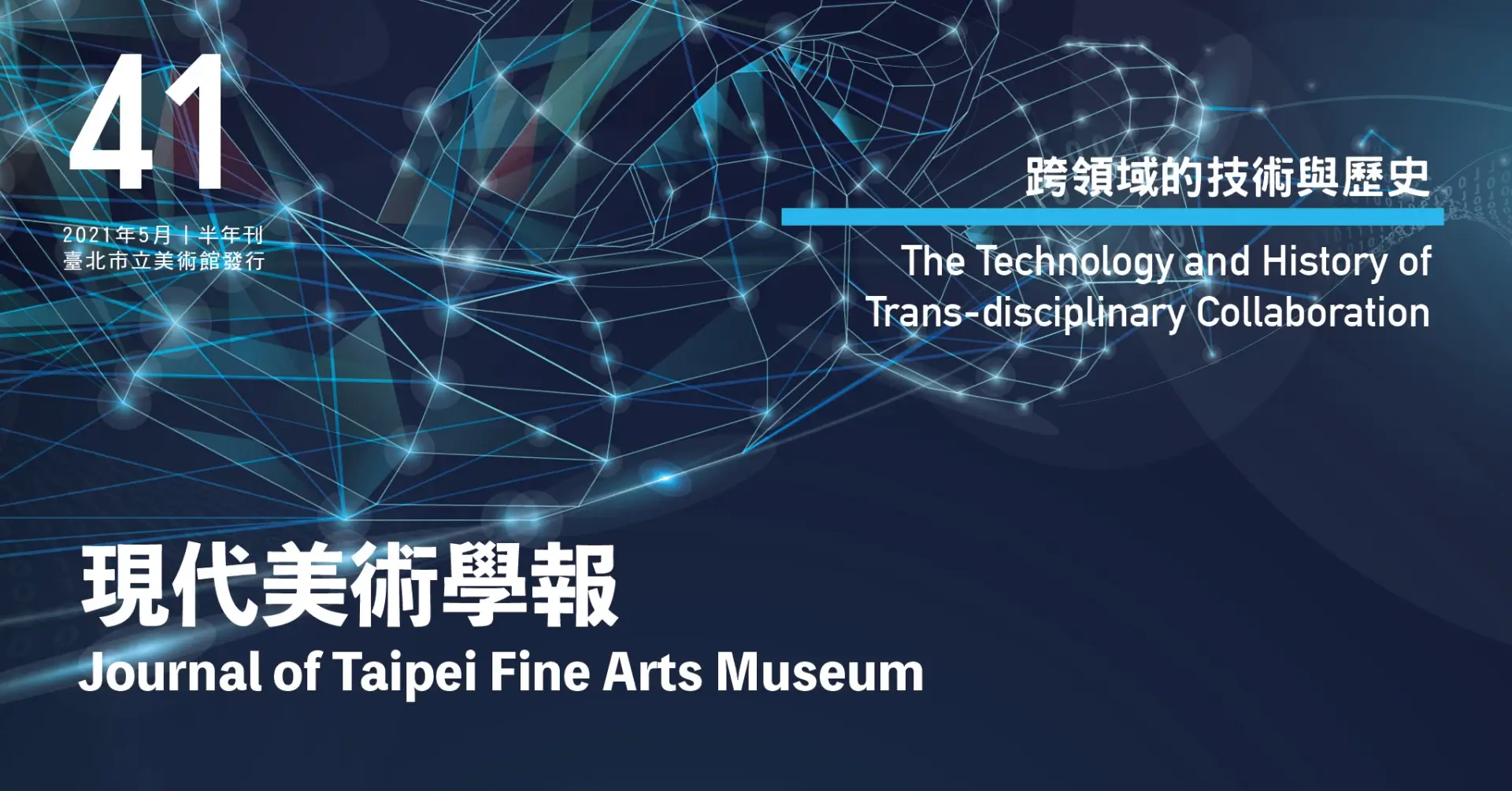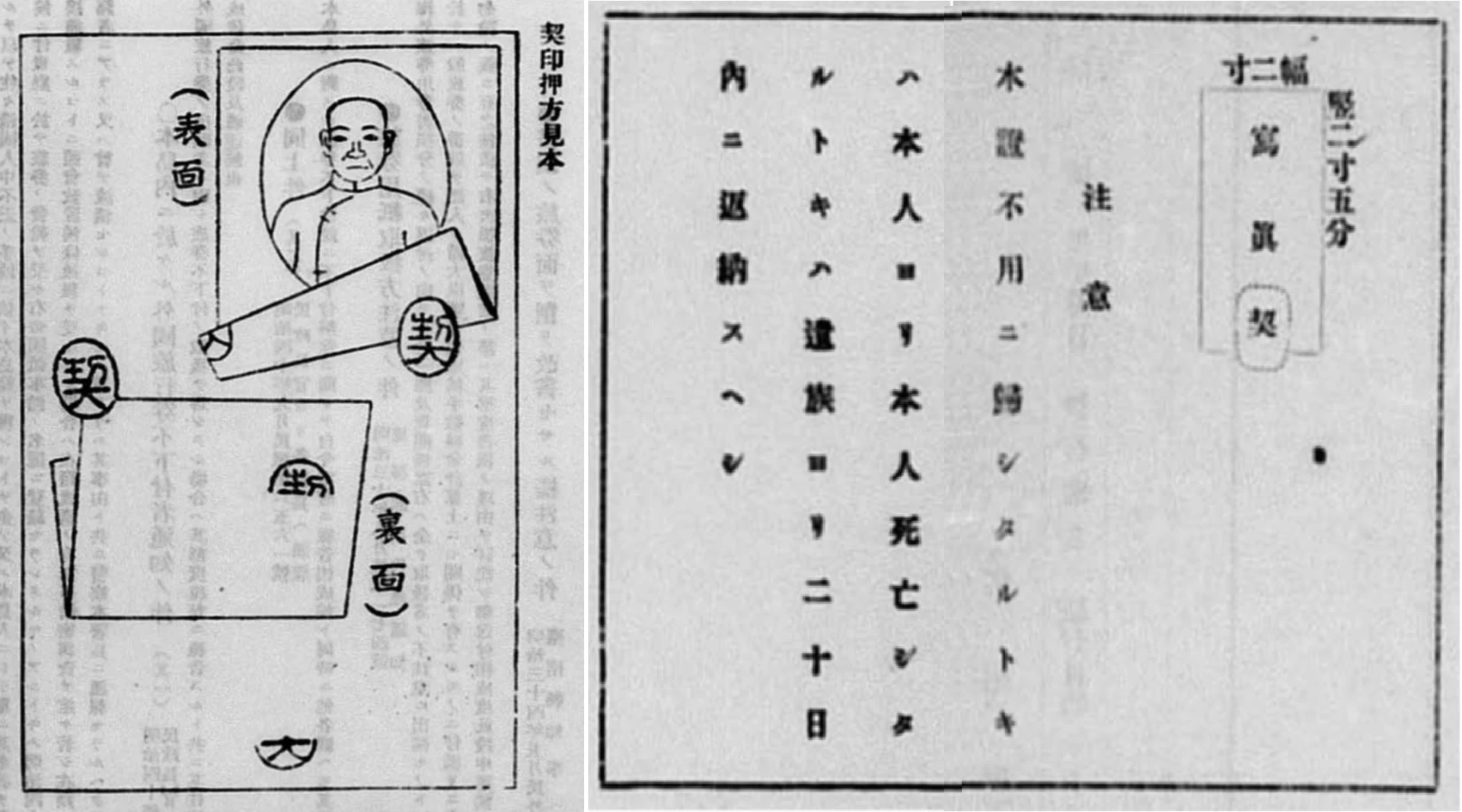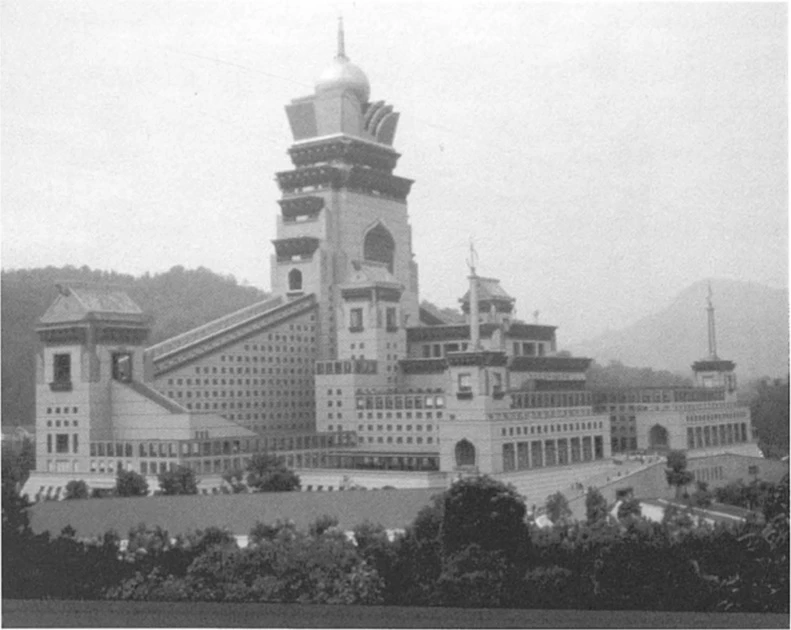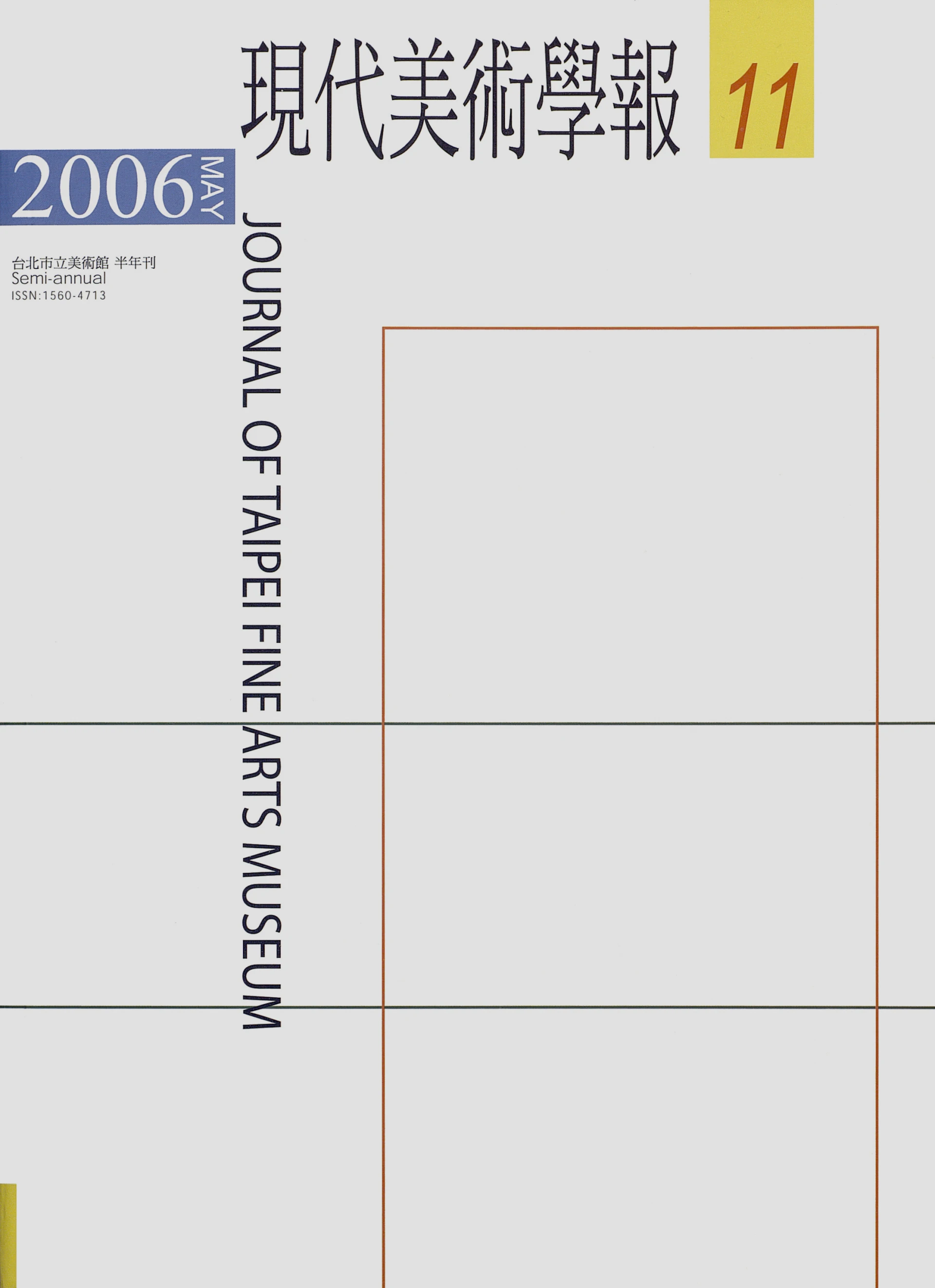摘要
有跡象顯示抽象表現主義與東方藝術(特別是中國藝術)間有直接關聯,本文即在探討此一理論。抽象表現主義畫家各有不同的風格,然而他們在美學見解與作畫風格上多少頗爲接近:人與大自然的諧調(天人合一)的觀念、主要以黑、白兩色來作畫、並採用大姿態的作畫方式,包括用潑灑顏料或採用大開大闔的肆縱用筆,這些作畫方法都志在泯除人爲的控制,以拓展自然流露的生動活潑。本文從文獻資料、批判式的觀察,以及平行發生的現象來澄清這個在過去受到忽略的事實。探討將涵蓋三個主要的範疇:道家對「一」的觀念、禪學與其它中國的美學元素、以及黑白繪畫與書法的關聯。
關鍵詞
中國美學,托比,克萊恩,抽象表現主義,帕洛克,馬惹威爾,道家思想,禪,黑白畫,書法
Abstract
There are indications of a direct connection between Abstract Expressionism and East Asian art (esp. Chinese art), a theory this article explores. The Abstract Expressionists worked in different styles, yet they shared a more or less similar aesthetic. Linking their works not only to each other but to East Asian art and philosophy is the concept of the union of humanity and nature; a palette consisting mainly of black and white; and a painting method characterized by gestural painting methods such as pouring paint or wielding the brush at arm's length techniques — that deliberately cultivate spontaneity and eliminate human control. Documented facts, critical observations, and parallel phenomena are presented in this essay to clarity the affinities that in the past have been overlooked. The discussion covers three major areas: the Daoist concept of Oneness, Zen and other Chinese aesthetic elements, and black-and-white painting and calligraphy.
Keywords
Abstract Expressionism, black-and-white painting, calligraphy, Chinese aesthetics, Daoism, Frank Kline, Robert Motherwell, Jackson Pollock, Mark Tobey, Zen






